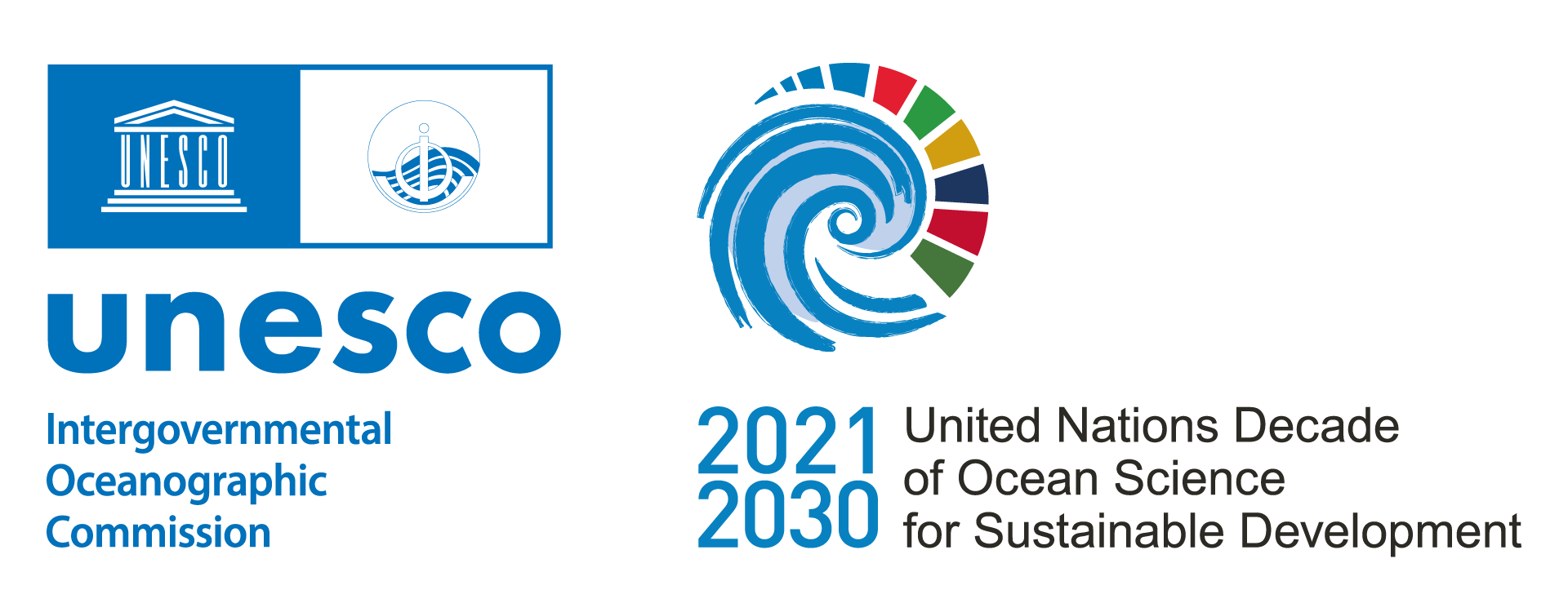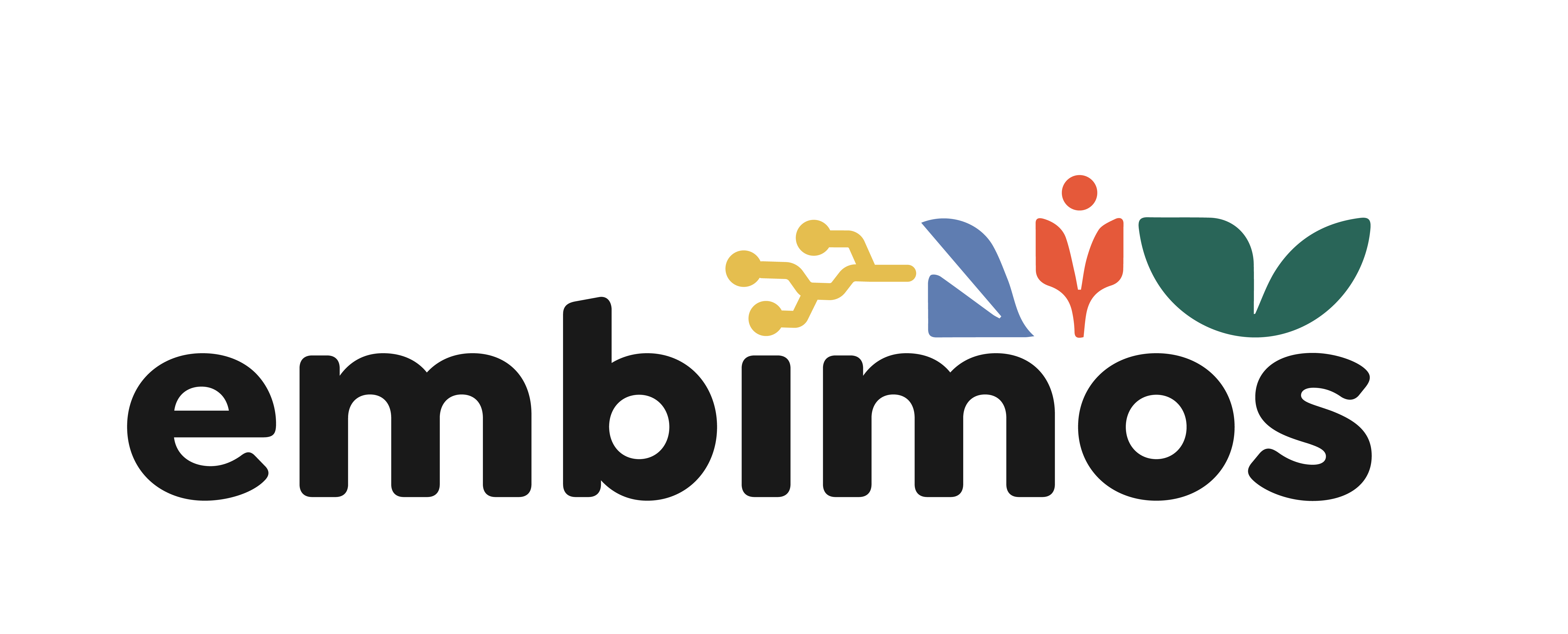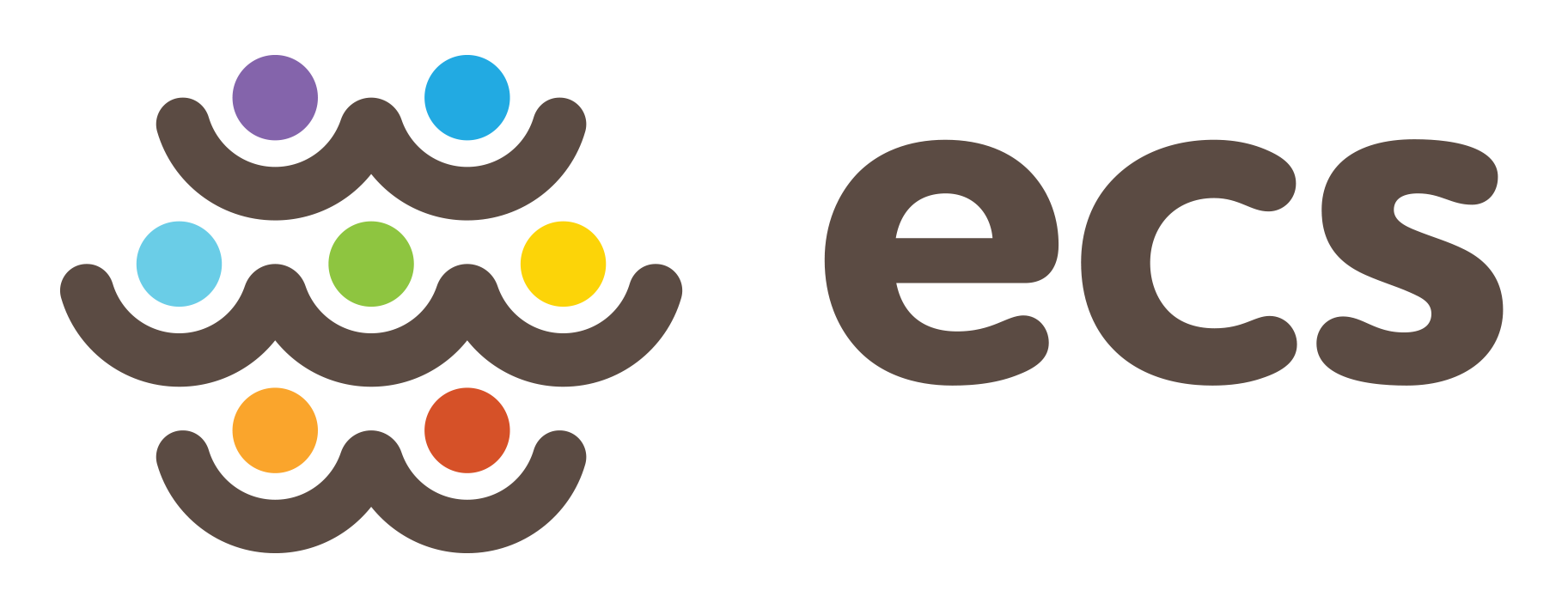Citation guidelines
Why cite MINKA Data?
When you cite MINKA data, you're doing more than following a protocol - you're acknowledging the dedication of citizen scientists who contribute their time and expertise to biodiversity monitoring. These citations help us track the impact of community-generated data and demonstrate how citizen science supports research and contributes to monitoring progress towards the UN Sustainable Development Goals (SDGs).
Who should use these guidelines?
Our citation guidelines are for anyone using MINKA data, including:
Researchers using observations in scientific publications Organizations incorporating data into reports or assessments Educational institutions using observations in teaching materials Communication professionals sharing biodiversity insights Developers integrating MINKA data into applications
When to follow these guidelines?
Apply these guidelines whenever you:
- Download data directly from MINKA
- Access MINKA data through global repositories
- Use MINKA photos or sound recordings
- Reference MINKA website content
- Share MINKA data on social media
Important Note: When accessing MINKA data through global repositories like GBIF, you must follow both the repository's citation requirements AND MINKA's guidelines. These requirements are complementary and ensure proper attribution throughout the data chain.
Access our guidelines
Our comprehensive citation guidelines document provides detailed instructions and examples for all use cases. You can download our complete guide for citing MINKA data, photos, and web content through the link below:
https://doi.org/10.5281/zenodo.14216255
Help us track impact
Let us know how you're using MINKA data! Share your publications, reports, or projects with us at help@minka-sdg.org. This helps us keep our community informed about their data's impact and supports the growth of citizen science.














